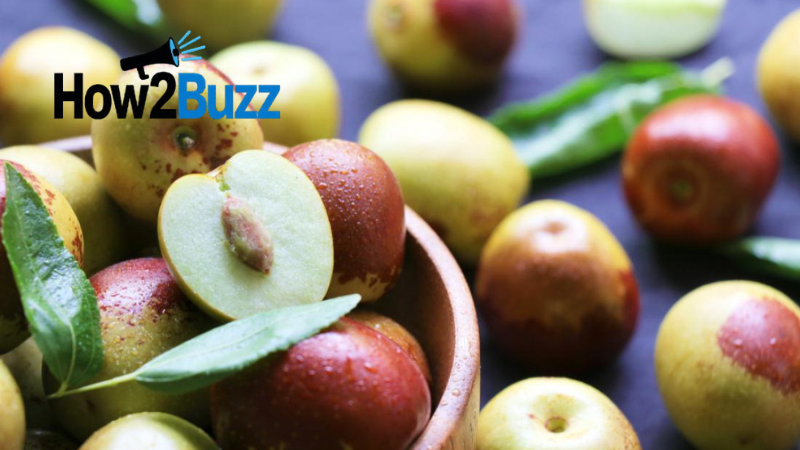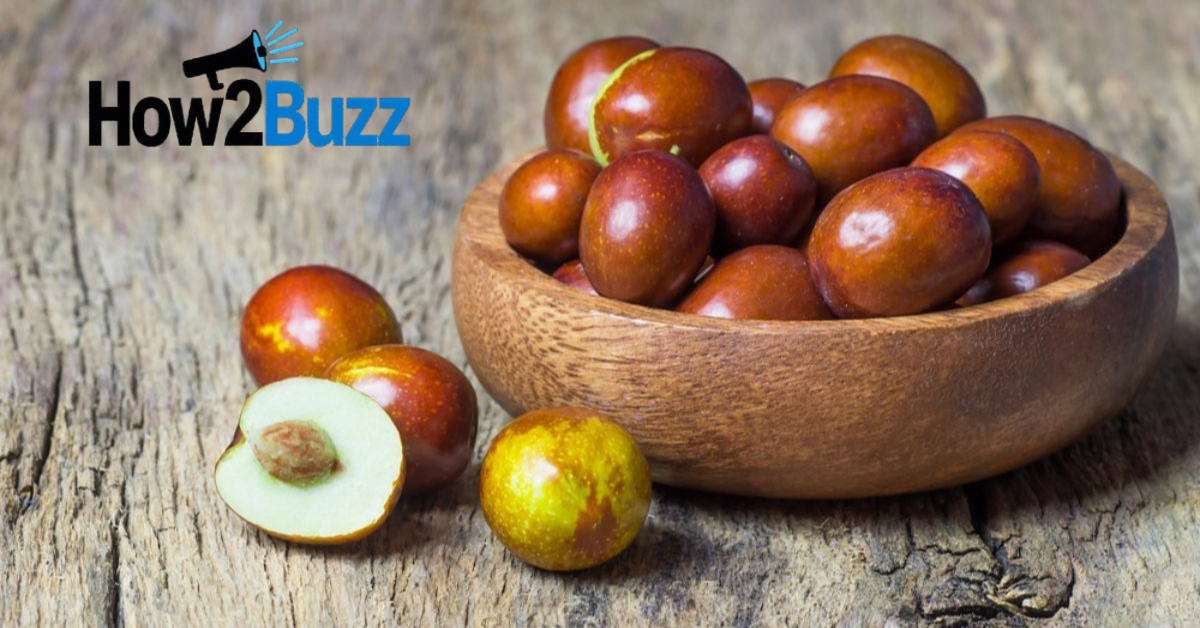There’s something comforting about rediscovering traditional fruits that have stood the test of time. Among them, žižole quietly impress with their crisp bite and natural sweetness. These small, reddish-brown fruits may look simple, but they offer layers of taste, history, and health benefits. Whether you’ve grown up picking them off backyard trees or just stumbled across them at a fall market, they have a way of sticking in your memory.
Often mistaken for dates, they have their own personality — crunchy when fresh and chewy once dried. From backyard gardens in Europe to ancient herbal texts in Asia, this humble fruit has earned its place across cultures and cuisines.
Health Benefits of Žižole You Probably Didn’t Know
One of the reasons žižole have been cherished for centuries is their nutritional profile. Packed with vitamin C, antioxidants, and fiber, they serve as a natural remedy for boosting immunity and supporting gut health. They’re particularly helpful during the seasonal transition into autumn when our bodies could use an extra line of defense.
Unlike processed snacks, this fruit is low in calories but high in energy. The natural sugars give you a gentle energy lift without the crash, while the fiber helps maintain digestive balance. For those aiming to eat clean, žižole are an easy yes — they’re minimally processed, shelf-stable, and perfect on the go.
Why Žižole Deserve a Spot in Your Diet
When it comes to incorporating more whole foods into your meals, žižole tick all the boxes. They’re nutrient-dense, satisfy sweet cravings, and are incredibly versatile. You can toss them into salads, blend them into smoothies, or snack on them straight out of the bag.
Fresh žižole have a crisp, apple-like texture with a mild tartness, while dried ones bring a deeper, date-like sweetness. They’re also great for tea infusions, baking, and even slow-cooked meat dishes. Whether you’re into sweet or savory cooking, this fruit offers flexibility in your kitchen without being overpowering.
Žižole Season: When and Where to Find Them
Harvest time for žižole is a small celebration in itself. These fruits ripen between late summer and early fall, making them a seasonal highlight in many Mediterranean and Asian regions. They’re especially popular in rural areas, where families pass down recipes and traditions centered around the fruit.
If you’re in a warm climate, there’s a good chance local markets will carry them. In cooler regions, dried versions are easier to find and just as nutritious. The season may be short, but the variety of ways you can enjoy them makes them a year-round staple if you store them right.
Growing Žižole in Your Backyard
Growing your own žižole is more rewarding than you might think. These trees are hardy, drought-tolerant, and fairly low maintenance — perfect for beginner gardeners or anyone who prefers sustainable, resilient plants. All you need is a sunny spot and well-drained soil.
They also double as ornamental trees with their shiny green leaves and thorny branches. When harvest time rolls around, you can enjoy the fruit fresh or leave it on the tree a bit longer to dry naturally. This hands-off approach makes them ideal for low-effort, high-reward gardening.
Culinary Ways to Enjoy the Fruit at Home
There are dozens of ways to use this unique fruit in your cooking, and the best part is — it never feels like a compromise. Sweet enough to replace sugar in certain recipes but subtle enough to complement savory dishes, žižole are surprisingly adaptable.
For a quick breakfast, chop them over oatmeal or blend them into yogurt bowls. If you enjoy experimenting, try your hand at making jam, syrup, or even chutney with them. In some traditional cuisines, they’re added to rice dishes and soups for depth of flavor.
Žižole in Traditional Medicine and Folklore

The use of žižole in herbal medicine goes back thousands of years, especially in Chinese and Middle Eastern cultures. They were believed to support relaxation, improve digestion, and even enhance skin health. In folk medicine, they were used in teas and tonics meant to soothe the nervous system and boost energy.
Interestingly, the symbolism of this fruit varies across cultures — in some places, it’s a sign of good luck or fertility, while others consider the tree spiritually protective. Whether or not you subscribe to those beliefs, there’s no denying the comforting, healing feel of this ancient fruit.
Environmental Benefits and Sustainability
When you grow or source žižole, you’re making a small but meaningful choice for the planet. Unlike many commercial fruit crops, they require very little water and adapt well to poor soil. Their resilience makes them an excellent candidate for sustainable farming.
They’re also less dependent on synthetic pesticides and fertilizers, which means fewer chemicals leaching into the soil. For gardeners and farmers aiming for more eco-friendly practices, this fruit is both a beautiful and practical option.
Conclusion: A Fruit Worth Rediscovering
Žižole are more than just a seasonal snack — they’re a nutritional powerhouse, a culinary gem, and a reminder of the benefits of living in tune with nature. Whether you enjoy them fresh, dried, or cooked, there’s something incredibly satisfying about eating a fruit that feels both ancient and refreshingly modern.
With health-conscious eating becoming the norm, now’s the perfect time to rediscover fruits like žižole. Give them a try — your body (and your taste buds) will thank you.
Frequently Asked Questions About Žižole
What does žižole taste like?
Fresh ones are slightly tangy and crunchy, similar to apples. Once dried, they become sweet and chewy like dates.
Are žižole good for digestion?
Yes, their high fiber content helps support healthy digestion and gut function.
How do you store them?
Keep fresh žižole in the refrigerator and dried ones in a cool, airtight container.
Can I cook with žižole?
Absolutely! They’re great in sweet and savory recipes, including stews, jams, and baked goods.
Do žižole have any side effects?
They’re generally safe, but like any fruit, moderation is key. Just be careful of the hard seed inside when eating.



